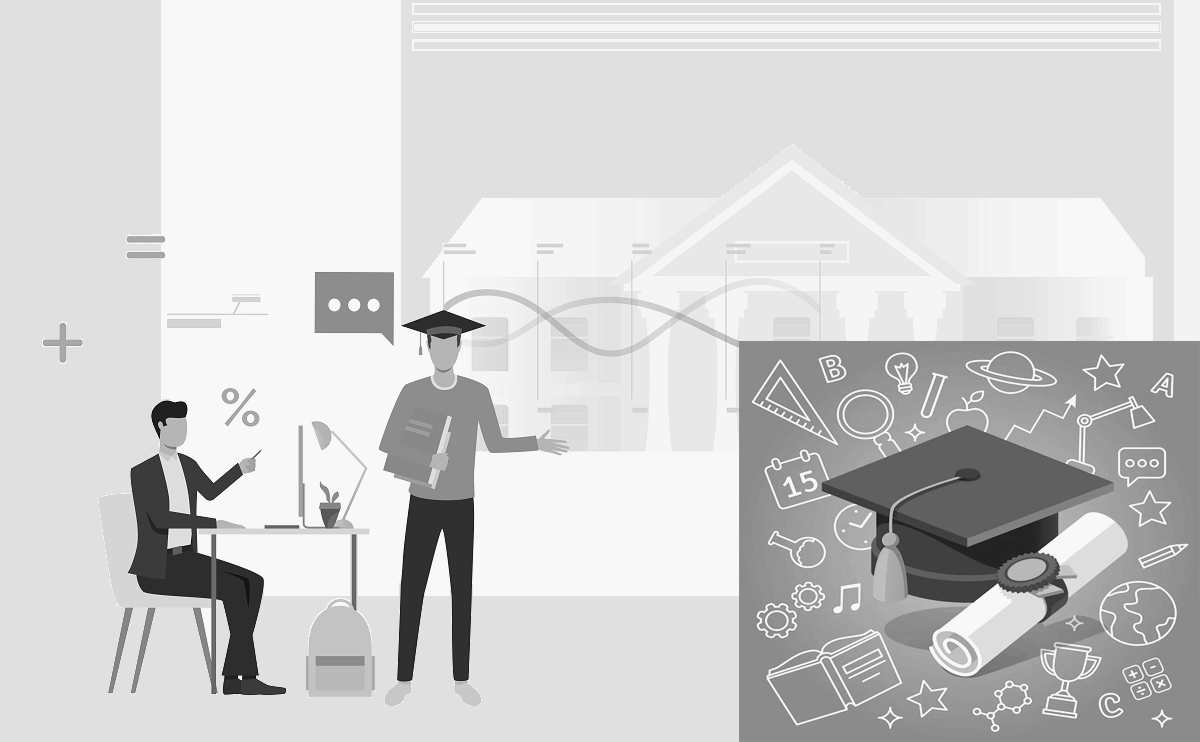
College education is often viewed as a means of upward mobility and a pathway to success. However, despite efforts to increase access to higher education, social inequalities persist, with low-income and minority students facing disproportionate barriers to college completion. These barriers include underfunding of colleges in low-income areas, lack of support and resources for marginalized students, and rising costs of tuition and student loan debt.
"Education is the great equalizer, but only if it is truly accessible and equitable for all students, regardless of their background or circumstances." This quote highlights the ongoing challenge of ensuring that all students have equal opportunities to succeed in higher education.
Inequalities in Access to Higher Education
According to a 2021 report by the College Board, only 59% of first-generation college students and 57% of low-income students graduate within six years, compared to 75% of their more affluent peers. This disparity in college completion rates highlights the ongoing challenge of ensuring equal access to higher education for all students.
The COVID-19 pandemic has further exacerbated existing inequalities in college education, with online learning proving to be a challenge for students without access to reliable technology or a quiet study space. Additionally, the economic impact of the pandemic has resulted in rising costs of tuition and student loan debt, making college even less accessible for low-income and minority students.
Lack of Support for Marginalized Students
The lack of support for marginalized students is another key factor contributing to disparities in college completion rates. For example, a study of the challenges faced by Native American students in higher education, including limited access to college, a lack of cultural support, and financial barriers, highlights the need for targeted solutions to address these inequalities.
Addressing Social Inequalities in College Education
Research has shown that targeted interventions, such as increased financial aid, academic support, and mentorship programs, can significantly improve college outcomes for low-income and marginalized students. The California College Promise program, which waives community college fees for eligible students, is one example of a policy aimed at increasing access to higher education for low-income students. The First-Generation Match program, which provides mentorship and support for first-generation college students, is another example of a targeted solution to address some of the unique challenges faced by these students.
A study of the impact of the Tennessee Promise program, which offers free tuition to eligible students at community colleges, found that the program increased enrollment and completion rates among low-income and underrepresented students. These examples illustrate the potential for targeted interventions to improve college outcomes for all students.
Achieving True Educational Equity
In order to achieve true educational equity, it is important for policymakers and educators to acknowledge and address the root causes of social inequalities in college education, including systemic barriers such as institutional racism and classism. Additionally, it is crucial to invest in evidence-based solutions and to gather data on the outcomes of these interventions in order to continuously improve and advance towards a more equitable higher education system.
In conclusion, while college education remains an important means of upward mobility, social inequalities persist, making it difficult for low-income and minority students to achieve college success. It is crucial for educators, policymakers, and advocates for educational equity to work together to address these inequalities and to ensure that all students have equal opportunities to succeed in higher education.
College Education


